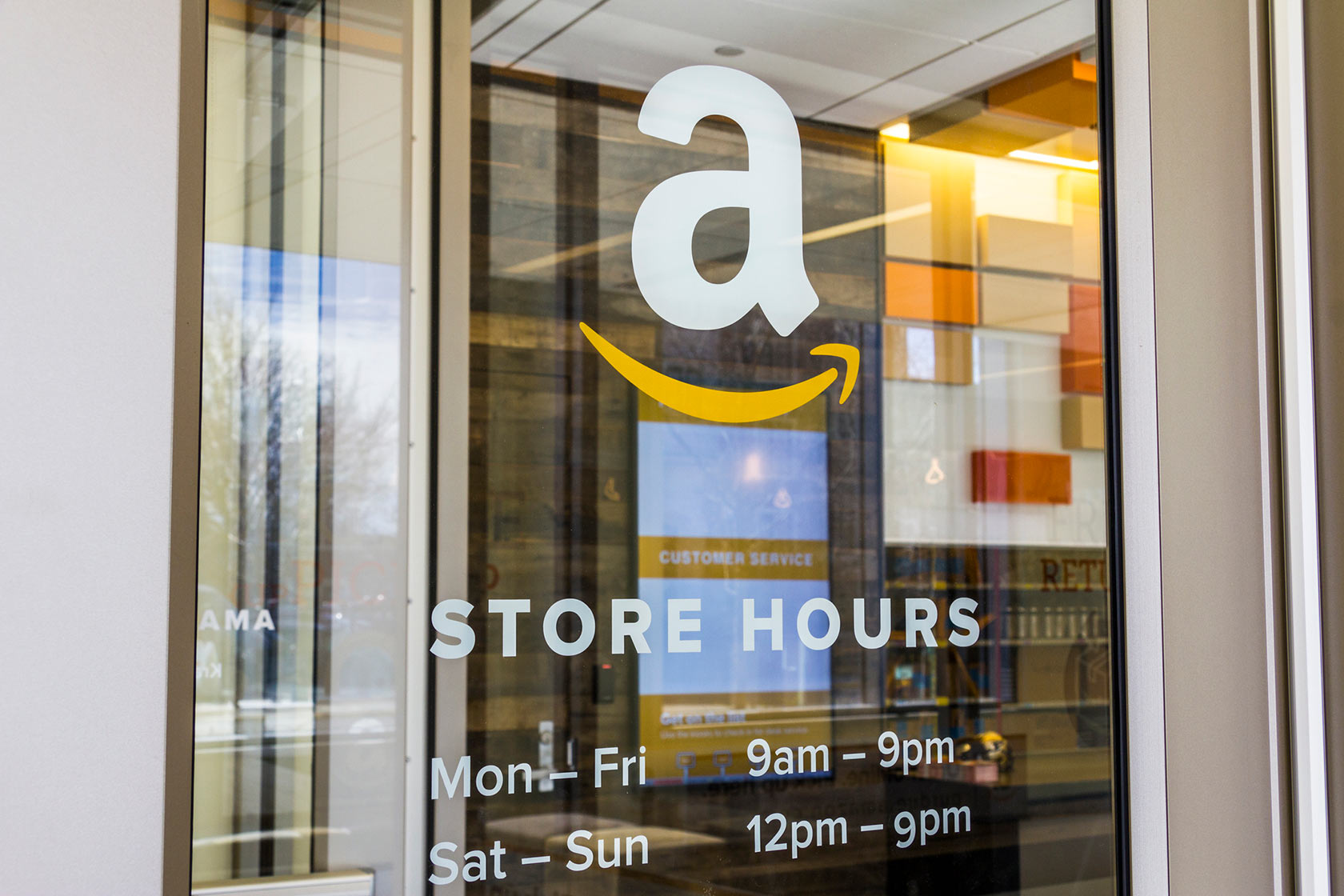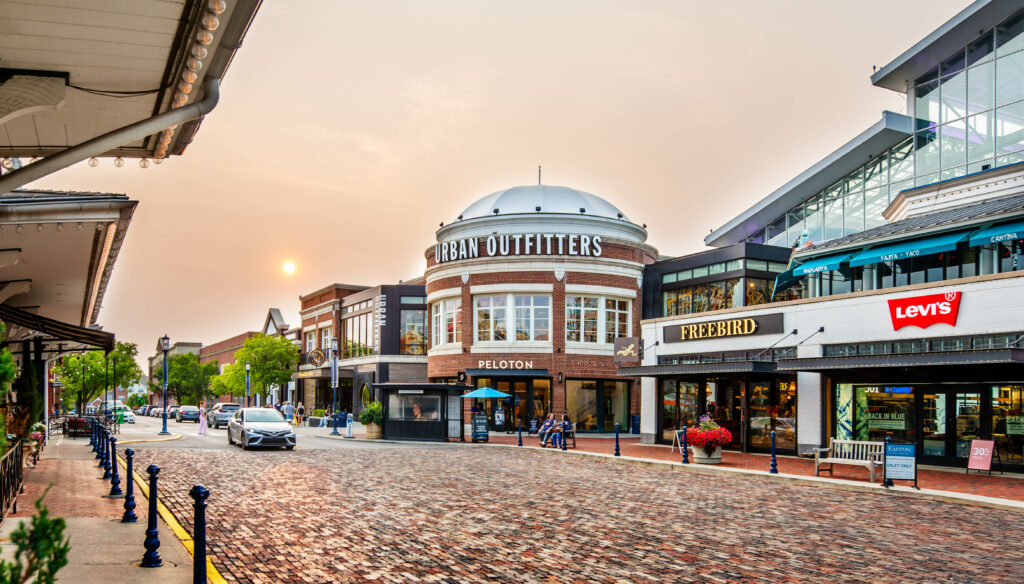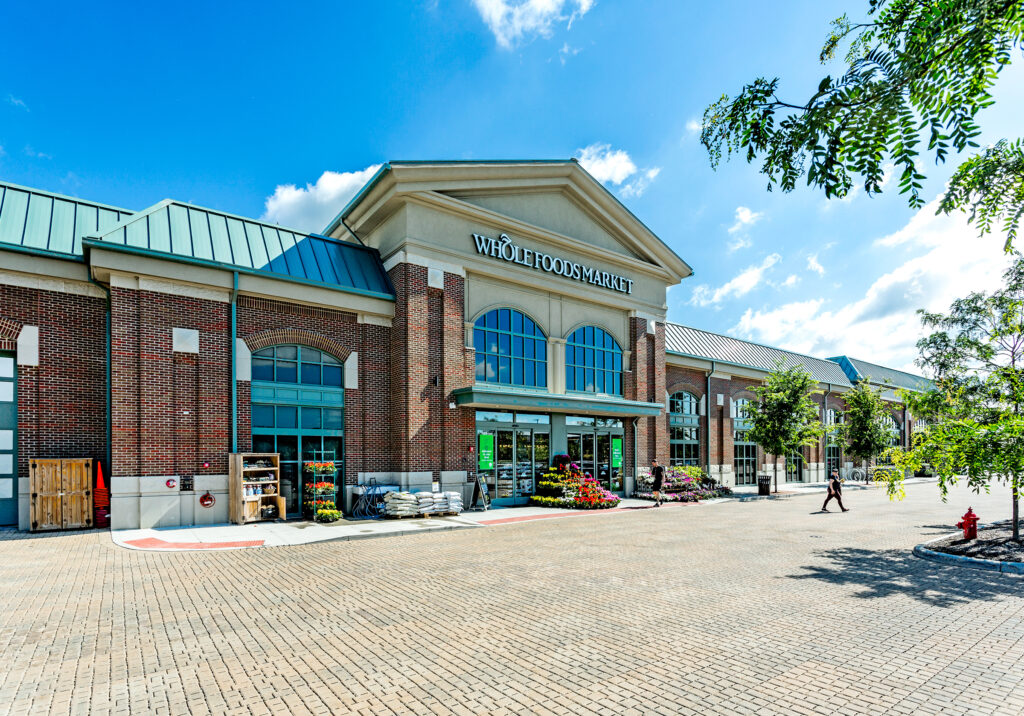By Yaromir Steiner
Ecommerce had its biggest year ever in 2020, with online spending representing nearly a quarter of total retail sales—a 44% jump from the year before. While Amazon accounted for nearly a third of these transactions, the largest digital sales growth actually came from the world’s top brick-and-mortar brands.
Even prior to the pandemic, retailers like Target, Wal-Mart, Kroger, Best Buy, Victoria’s Secret and more have made up for lackluster foot traffic by investing heavily in their ecommerce platforms. Their forward thinking paid off handsomely—the top retailers grew their online sales by more than 85% last year.
What is the role of physical retail stores in the success of today’s brands?
If Tiffany & Co. announced a drastic reduction of their store footprint, they would still sell a ton of jewelry through their sophisticated online platform. However, could they have done it without the historical reputation and panache gleaned from their iconic flagship store in Manhattan?
Retail brands still need brick-and-mortar to sustain and complement their online business. These physical places have the unique ability to offer shareable experiences, instant gratification, direct customer service, and the activation of multiple senses.
All this combines to build a foundation for trust, which then translates to a consumer’s future decision to make an online purchase with that brand.
Consequences for Retail Real Estate
Retail real estate owners will face varying consequences based on category.
For need-based or replenishment retail, a drastic yet progressive transformation will be all about the integration of robotics and micro-fulfillment infrastructure into physical spaces. These retail environments will act as customer accessible distribution warehouses and will continue to anchor close-to-home retail and restaurant uses.
The click-and-mortar model will continue to accelerate the demise of more than half of want-based or discretionary retail environments (like regional malls)—who lack critical mass and traffic—to provide a legitimate brick-and-mortar presence.
The surviving regional discretionary spending environments will become experiential, pedestrian-friendly neighborhoods with a strong dining and entertainment component and will be a sought-after anchor for other real estate uses including hospitality, residential and office.
The Brick-Click Fusion
That foundation of trust suggests that physical retail will never fully disappear—it’s why we now see digital-first brands like Amazon, Casper and Warby Parker building their brick-and-mortar retail strategy at shopping centers and other high-traffic areas throughout the country.
This hybrid model—or click-and-mortar retail, as some like to call it—is undoubtedly the future. Successful physical retailers today are able to seamlessly marry the in-store and online experience to make both more advantageous for the customer.
Those brands who cannot adapt to the fusion of the online and in-store experience may be left behind.






